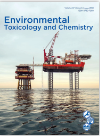 Under natural conditions, organisms can experience a variety of abiotic (e.g., temperature, pH) and biotic (e.g., species interactions) factors, which can interact with toxicant effects. By ignoring species interactions conventional ecotoxicological studies (i.e., single‐species tests) oversimplify the actual field situation. We investigated whether temperature and interspecific competition affected the effects of zinc (Zn) on a Daphnia longispina population.
Under natural conditions, organisms can experience a variety of abiotic (e.g., temperature, pH) and biotic (e.g., species interactions) factors, which can interact with toxicant effects. By ignoring species interactions conventional ecotoxicological studies (i.e., single‐species tests) oversimplify the actual field situation. We investigated whether temperature and interspecific competition affected the effects of zinc (Zn) on a Daphnia longispina population.News
 Under natural conditions, organisms can experience a variety of abiotic (e.g., temperature, pH) and biotic (e.g., species interactions) factors, which can interact with toxicant effects. By ignoring species interactions conventional ecotoxicological studies (i.e., single‐species tests) oversimplify the actual field situation. We investigated whether temperature and interspecific competition affected the effects of zinc (Zn) on a Daphnia longispina population.
Under natural conditions, organisms can experience a variety of abiotic (e.g., temperature, pH) and biotic (e.g., species interactions) factors, which can interact with toxicant effects. By ignoring species interactions conventional ecotoxicological studies (i.e., single‐species tests) oversimplify the actual field situation. We investigated whether temperature and interspecific competition affected the effects of zinc (Zn) on a Daphnia longispina population.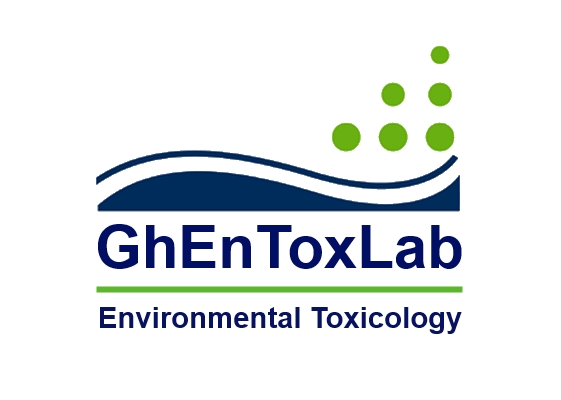
The laboratory of Environmental Toxicology and Aquatic Ecology, Environmental Toxicology Unit - GhEnToxLab (Ghent University) is looking for a full time Scientific Researcher.
PhD research project: Development of in vitro assays to improve marine risk assessment

Friday, the 29th of June, we celebrated Gisele Bockstael. For 35 years now she has been supporting our research, our experiments, our Daphnia, copepod and algae cultures and so much more ... Congratulations, Gisèle!
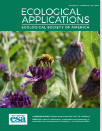 Human activities increasingly impact the functioning of marine food webs, but anthropogenic stressors are seldom included in ecological study designs. Diet quality, as distinct from just diet quantity, has moreover rarely been highlighted in food web studies in a stress context. We measured the effects of metal and pesticide stress (copper and atrazine) on the contribution of a benthic intertidal diatom community to two processes that are key to the functioning of intertidal systems: biomass (diet quantity) and lipid (diet quality) production.
Human activities increasingly impact the functioning of marine food webs, but anthropogenic stressors are seldom included in ecological study designs. Diet quality, as distinct from just diet quantity, has moreover rarely been highlighted in food web studies in a stress context. We measured the effects of metal and pesticide stress (copper and atrazine) on the contribution of a benthic intertidal diatom community to two processes that are key to the functioning of intertidal systems: biomass (diet quantity) and lipid (diet quality) production. 

Environmental risk assessment of chemicals is mostly based on ecotoxicity studies under standard and not always realistic conditions of temperature and nutrient levels. In this collaborative study with universities of Wageningen, Leuven, and Namur, we performed an aquatic model ecosystem experiment, which showed that temperature and phosphorus loading to freshwater systems can modify the effects of chemical pollution on the structure (e.g. species composition) and functioning of aquatic ecosystems. We argue that factors like temperature and nutrient levels should be taken into account when evaluating the risks of chemicals in the environment.
 It is generally assumed that as long as the majority of species experiences no direct adverse effects due to a single substance (i.e. Potentially Affected Fraction, PAF < 5%), no significant structural or functional effects at community‐level are expected to occur. Whether this assumption holds for mixed metal contamination is not known. Here, we tested this by performing a microcosm experiment in which a naturally occurring freshwater planktonic community was exposed to a Cu‐Ni‐Zn mixture for 8 weeks, and in which various structural and functional community‐level traits were assessed.
It is generally assumed that as long as the majority of species experiences no direct adverse effects due to a single substance (i.e. Potentially Affected Fraction, PAF < 5%), no significant structural or functional effects at community‐level are expected to occur. Whether this assumption holds for mixed metal contamination is not known. Here, we tested this by performing a microcosm experiment in which a naturally occurring freshwater planktonic community was exposed to a Cu‐Ni‐Zn mixture for 8 weeks, and in which various structural and functional community‐level traits were assessed.
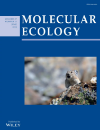
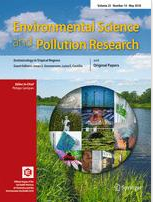 Mixture effects of chemicals and their potential synergistic interactions are of great concern to the public and regulatory authorities worldwide. Discharges of chemical mixtures to marine waters might possibly have adverse effects on the aquatic communities and for the trophic food web. This study addresses ecotoxicological and biochemical effects of mixtures of the metal copper and a herbicide on a marine diatom and an estuarine calanoid copepod.
Mixture effects of chemicals and their potential synergistic interactions are of great concern to the public and regulatory authorities worldwide. Discharges of chemical mixtures to marine waters might possibly have adverse effects on the aquatic communities and for the trophic food web. This study addresses ecotoxicological and biochemical effects of mixtures of the metal copper and a herbicide on a marine diatom and an estuarine calanoid copepod.